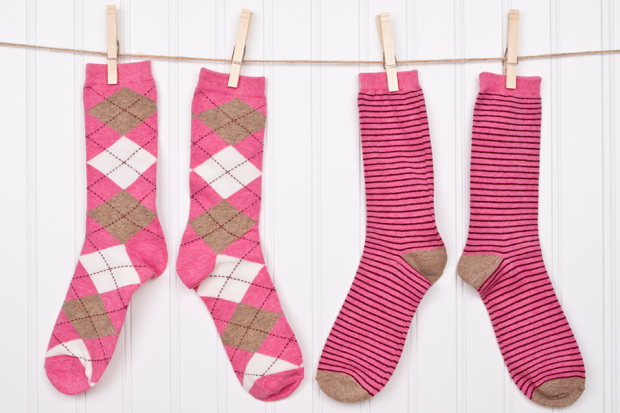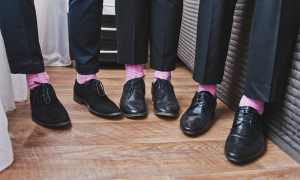Happy In Socks What To Look For When Buying Socks
There’s an art to buying the best socks for your needs, and you can master it with this sock shopping guide.
Socks don’t usually elicit cries of joy. In fact, most people view them as a boring necessity that either hits the pocketbook like any other mundane bill or is received from parents, grandparents and other well-meaning relatives for birthdays and other holidays. But there’s much more to the world of socks than meets the eye, and buying the best socks is an art you’ll be glad to have mastered. To learn it, check out the below sock shopping guide.
1. Think Of Socks As A Luxury, Not A Necessity
Yes, most of us need to wear socks on a daily basis. But that doesn’t mean buying socks needs to be as tedious as flossing your teeth. Once you start to recognize the true value of socks, you’ll see that choosing the right pair makes all the difference.
2. Recognize The True Value Of Socks
Think socks are simply meant to keep your feet warm and guard against shoe discomfort? Think again. Socks do the aforementioned, of course. But the best socks also absorb perspiration, ward off foot odor and provide serious cushiony comfort.
3. Don’t Judge A Book ... Er, Sock By Its Cover
Learn to look past kitschy designs and pay attention to what a pair of socks are made of. Most people fill their sock drawers with cotton socks, but sock experts consider this a serious mistake. The best socks are made from wool and other performance materials that not only stand up to wear and tear but also whisk away excess foot moisture and naturally help balance foot temperature.
4. Realize You Get What You Pay For
High performance socks don’t come cheap. In fact, wool socks and other types of good socks usually start at about $15 (or more) per pair. However, wearing the right socks can feel like a luxury and makes the price seem not as important in the long run. After all, can you really put a price on insulation that keeps your foot temperature just right? Or moisture-wicking properties that keep your feet dry and odor free? Or the feeling of slipping a comfy sweater on your feet? Cotton socks may be less expensive, but they soak up foot moisture and hold it in, meaning your feet feel colder in chilly weather and are more prone to blisters when you’re walking.
MORE ABOUT SOCKS: Why Socks May Actually Be Bad For Babies
5. But Don’t Assume Expensive Means Quality
Sometimes socks are expensive simply because they are a name brand. To make sure you’re getting the most bang for your buck and aren’t just paying for a name, there are a few qualities you can look for that assure you’re buying quality socks:
- They are made from a good, strong material (merino wool, mohair, Nike’s Dri-FIT, etc.)
- They have a high needle count (meaning the material is dense)
- They have reinforced toes and heels, as those areas tend to wear out the fastest
- The brand offers at least four different sock sizes to ensure proper fit
Notice concerning medical entries:
Articles having medical content shall serve exclusively for the purpose of general information. Such articles are not suitable for any (self-) diagnosis and treatment of individual illnesses and medical indications. In particular, they cannot substitute for the examination, advice, or treatment by a licensed physician or pharmacist. No replies to any individual questions shall be effected through the articles.





